The allure of a lush, vibrant underwater garden combined with the gentle movement of fish creates a living piece of art that can transform any space. Setting up a planted aquarium might seem daunting at first, especially if you’re concerned about the maintenance involved. However, with the right approach, you can create a thriving ecosystem that largely takes care of itself. Low-maintenance planted tanks work on ecological principles where plants, beneficial bacteria, and other inhabitants create a balanced environment requiring minimal intervention. This guide will walk you through everything you need to know to establish your own self-sustaining underwater paradise.
Understanding the Low-Maintenance Philosophy
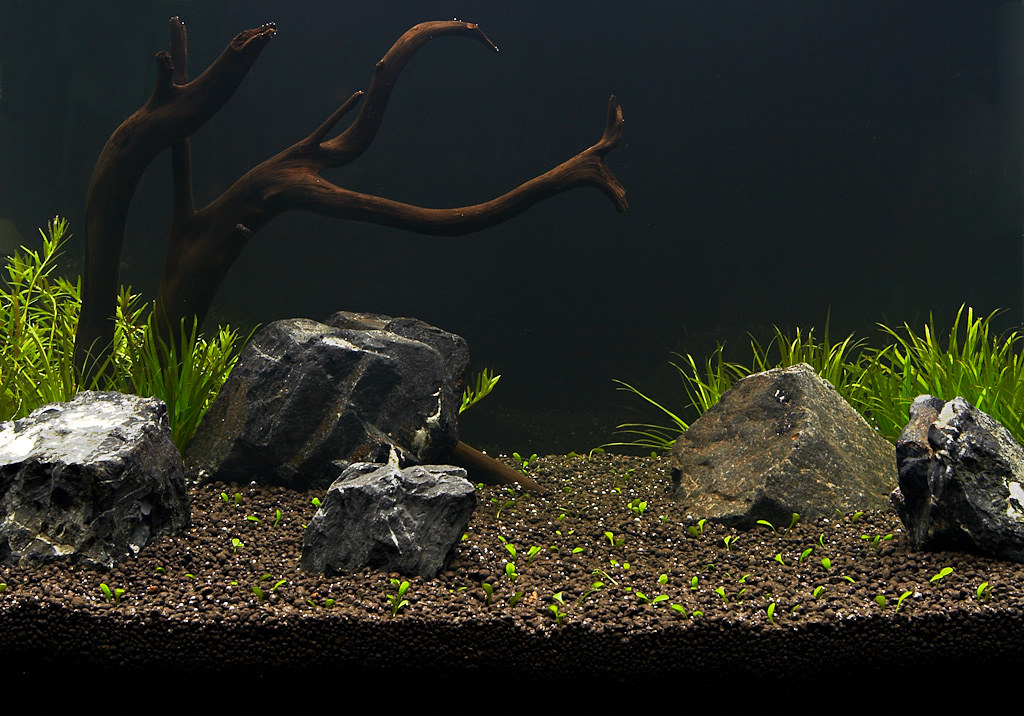
The key to a low-maintenance planted aquarium lies in creating a balanced ecosystem rather than fighting against natural processes. Traditional tanks often require frequent water changes, chemical treatments, and constant attention, but a well-designed planted tank can function with much less intervention. This approach, sometimes called the “Walstad method” or “natural planted tank,” uses plants as the biological filtration system to process fish waste and maintain water quality. Think of it as creating a miniature pond ecosystem in your home where nature does most of the work. When balanced correctly, these systems often require just occasional trimming and minimal water changes, saving you time while providing a more natural environment for your aquatic inhabitants.
Choosing the Right Tank Size and Location
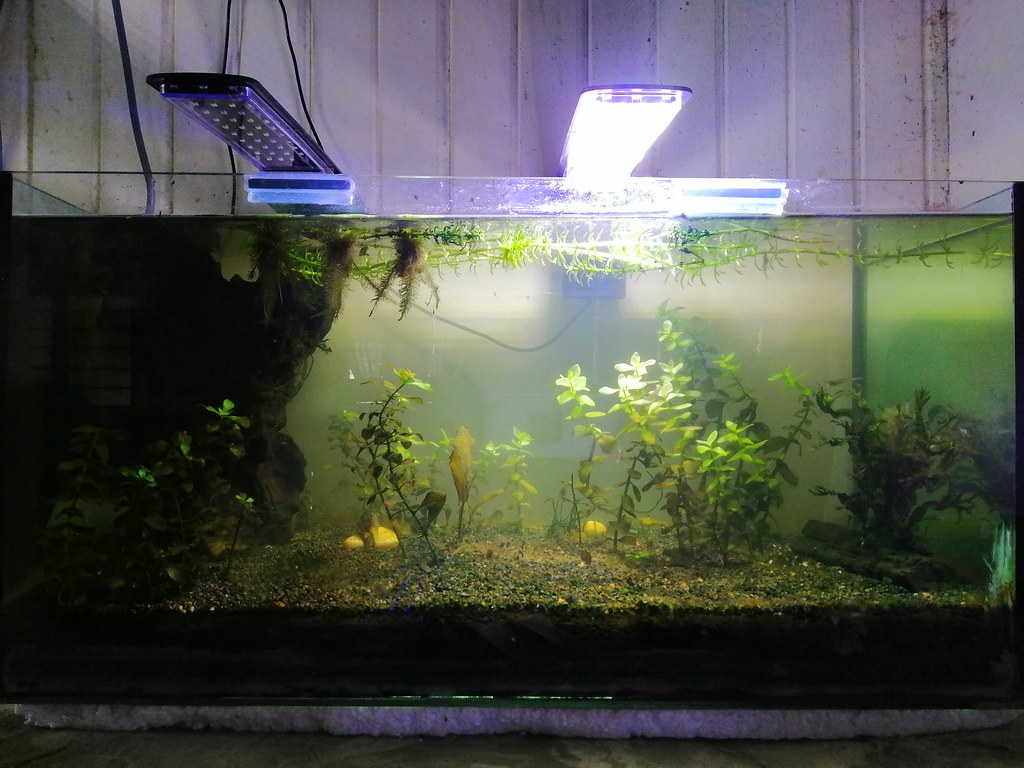
Contrary to popular belief, larger tanks are actually easier to maintain than smaller ones because they provide more stable water conditions and dilute waste more effectively. A 20-gallon tank or larger is ideal for beginners, offering enough water volume to resist rapid parameter changes while providing adequate space for plants and fish. The tank’s location is equally important—place it away from direct sunlight (which causes algae blooms) and avoid areas with large temperature fluctuations like near exterior doors, windows, or heating vents. Ensure your chosen location can support the weight of your filled aquarium (approximately 10 pounds per gallon) and has access to electrical outlets for equipment. Additionally, positioning your tank where you can regularly enjoy it encourages better maintenance habits and increases your enjoyment of the hobby.
Essential Equipment for Low-Maintenance Success
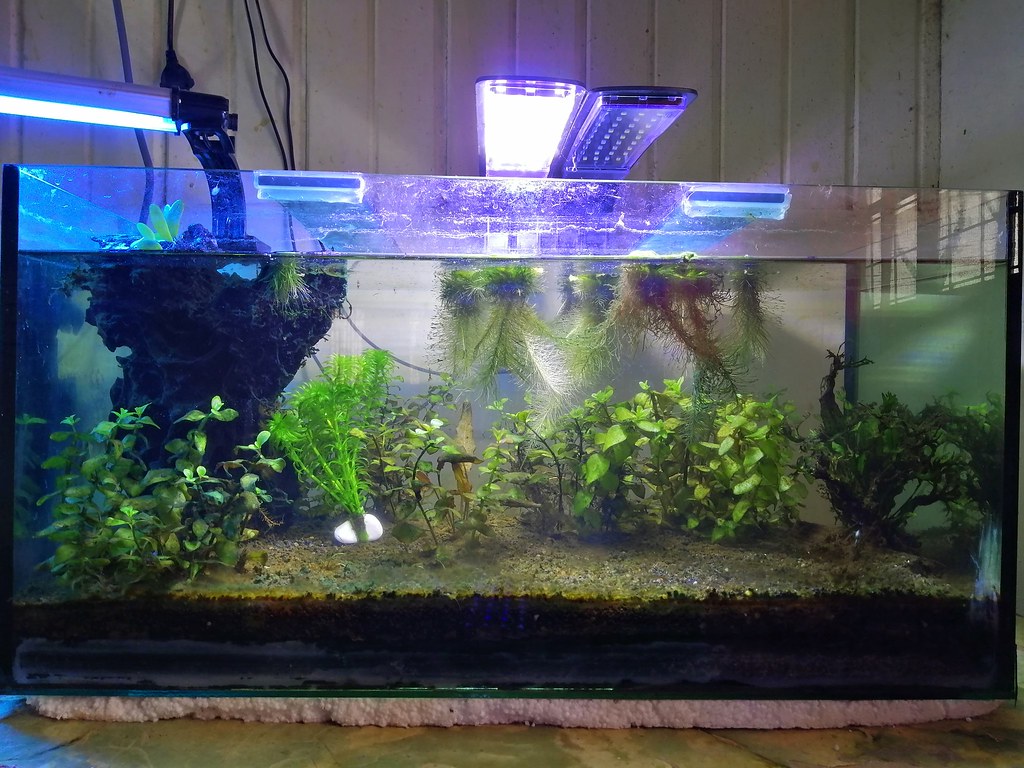
While the goal is to minimize gadgets and intervention, certain equipment remains essential for a successful low-maintenance planted tank. A reliable LED light designed for planted aquariums provides the proper spectrum for plant growth without the heat issues of older lighting technologies. Consider programmable lights with timers to maintain a consistent photoperiod of 6-8 hours daily, preventing algae issues while promoting plant health. A gentle filter that creates water movement without too much current is ideal—sponge filters or small hang-on-back filters work well by providing biological filtration without disturbing substrate or creating excessive flow that stressed plants and fish. Depending on your climate, a basic heater may be necessary to maintain stable temperatures between 74-78°F for tropical setups. Unlike high-tech planted tanks, you can skip the CO2 injection systems, complex fertilization regimens, and multiple filter media by choosing the right plants and establishing proper balance.
Selecting the Ideal Substrate
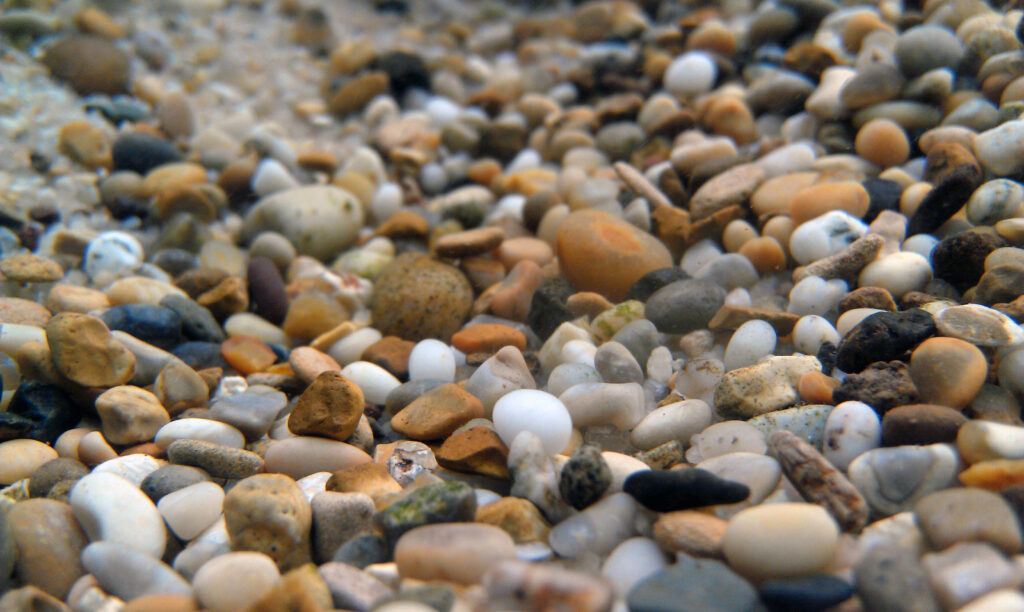
The substrate forms the foundation of your planted aquarium and plays a crucial role in long-term success with minimal maintenance. For low-maintenance setups, nutrient-rich substrates like organic potting soil capped with sand or fine gravel provide an excellent growing medium that can supply plants with nutrients for years without additional fertilizers. Prepare the soil layer by removing any large wood chunks, perlite, or vermiculite before adding a 1-inch layer to the bottom of your tank. Cap this with 1-2 inches of fine gravel or sand to prevent the soil from clouding your water. Specialized aquarium substrates like Fluval Stratum or ADA Aquasoil also work excellently but at a higher cost—these products come pre-loaded with nutrients and help maintain slightly acidic water conditions that many aquatic plants prefer. Avoid plain gravel or decorative substrates without nutrients, as these will require regular fertilizer additions, increasing your maintenance requirements.
Choosing the Right Plants for Minimal Care
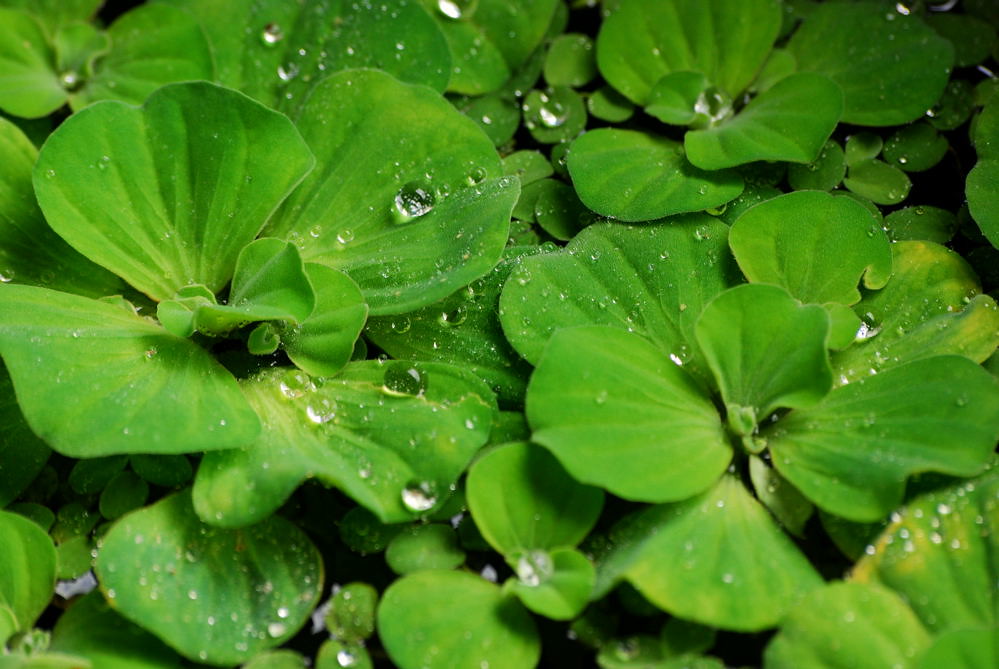
Plant selection is perhaps the most critical factor in creating a truly low-maintenance planted aquarium. Focus on hardy, undemanding species that can thrive under moderate lighting without CO2 injection or specialized fertilizers. Anubias varieties (like Anubias barteri and Anubias nana) are virtually indestructible, growing slowly attached to hardscape rather than planted in substrate. Java fern, with its distinctive rippled leaves, offers similar durability and can be attached to rocks or driftwood. For background plants, consider Vallisneria with its tall, grass-like appearance or Amazon swords which develop impressive broad leaves over time. Floating plants like frogbit or water lettuce serve dual purposes: they help control algae by blocking some light and absorb excess nutrients directly from the water column. Stem plants such as Rotala rotundifolia or Bacopa monnieri can be included sparingly but require occasional trimming—their fast growth makes them excellent nutrient sponges that help prevent algae issues.
The Art of Aquascaping for Long-Term Stability
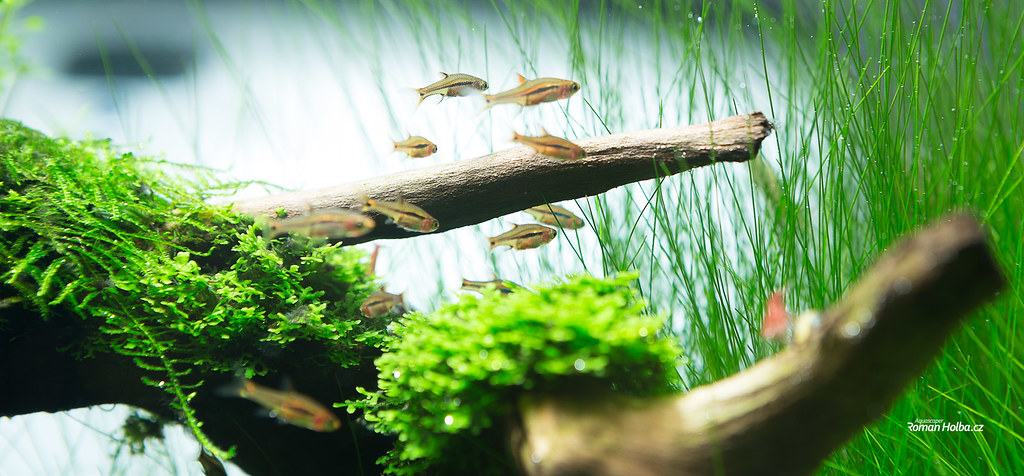
Thoughtful aquascaping not only creates visual appeal but also contributes significantly to long-term stability and reduced maintenance. Create depth by placing taller plants in the background and shorter varieties in the foreground, establishing distinct visual zones. Incorporate hardscape materials like driftwood and rocks to create natural focal points and provide attachment surfaces for plants like Anubias and Java fern. When arranging plants, consider their mature size and growth habits—space them appropriately to allow for growth without overcrowding, which can lead to poor circulation and algae problems. Designate open swimming areas for fish to prevent stress and allow you to observe their natural behaviors. Group similar plants together in clusters rather than scattering individual specimens throughout the tank; this creates a more natural appearance and allows plants to benefit from shared growing conditions. Remember that the most successful low-maintenance designs often embrace a slightly wild, natural aesthetic rather than attempting perfectly manicured arrangements that require constant pruning.
Cycling Your Tank: The Foundation of Stability
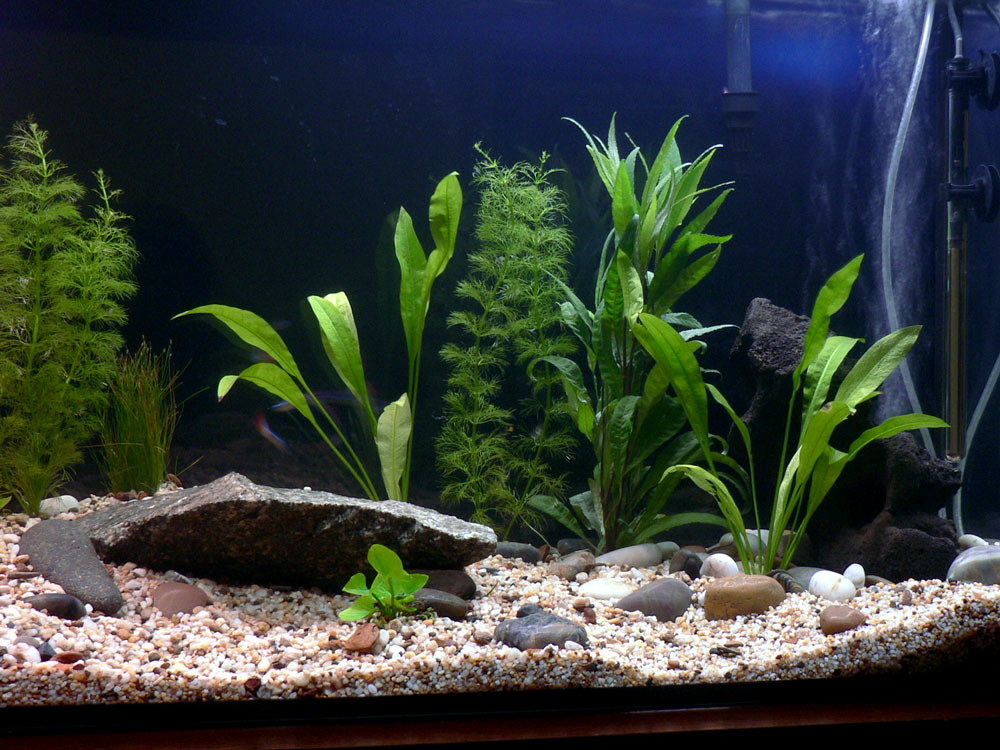
Patience during the initial setup phase will reward you with years of low-maintenance enjoyment. The nitrogen cycle—the process where beneficial bacteria establish themselves to convert toxic ammonia to less harmful nitrates—is essential for any aquarium but takes on special importance in planted tanks. Begin by setting up your hardscape, substrate, and plants, then fill the tank carefully to avoid disturbing the soil layer. Unlike traditional cycling methods, planted tanks can be “silent cycled” by allowing the plants to absorb ammonia directly while the bacterial colonies establish. Add a small amount of fish food every few days to provide a source of ammonia, or use bottled bacteria products to speed up the process. Test your water parameters weekly using liquid test kits (more accurate than strips) to monitor ammonia, nitrite, and nitrate levels. Only add fish once ammonia and nitrite readings consistently show zero, typically after 3-4 weeks, and introduce them gradually in small numbers to avoid overwhelming your newly balanced system.
Selecting Compatible Fish and Invertebrates

The inhabitants of your aquarium should complement your low-maintenance approach rather than working against it. Choose fish species known for their peaceful temperament and adaptability to various water conditions, such as endler’s livebearers, celestial pearl danios, or peaceful tetras like neons or embers. Avoid fish that uproot plants (like many cichlids) or produce excessive waste (like goldfish), as these will increase your maintenance requirements significantly. Stock your tank lightly—the old guideline of “one inch of fish per gallon” actually overestimates appropriate stocking levels for most tanks. Consider adding “clean-up crew” invertebrates that actively reduce maintenance needs: Nerite snails efficiently consume algae without reproducing in freshwater, while Amano shrimp are tireless workers that scavenge detritus and soft algae. Malaysian trumpet snails naturally aerate the substrate by their burrowing behavior, preventing anaerobic pockets from forming, which could otherwise release harmful gases into your tank. Remember that a healthy ecosystem needs balance, not necessarily diversity—fewer, well-chosen species often create more stability than many different types of fish.
Establishing a Minimal Feeding Routine
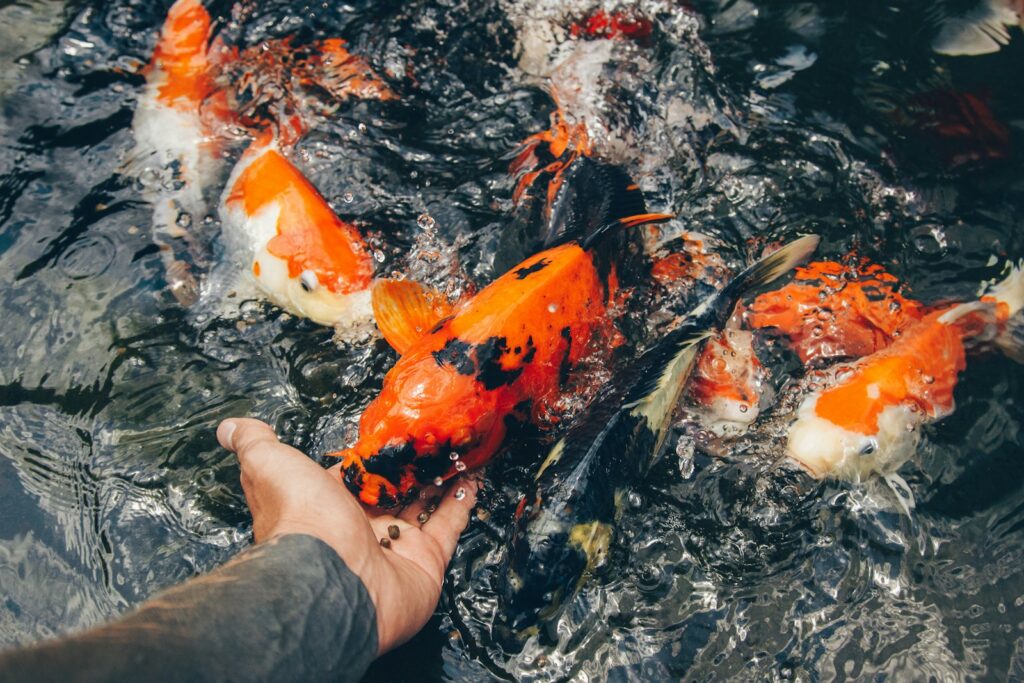
Overfeeding is perhaps the most common mistake that increases maintenance requirements in otherwise well-designed aquariums. In a planted tank, fish should be fed small amounts once daily, providing only what they can completely consume within two minutes. Consider implementing a “fasting day” once weekly where no food is added—this mimics natural cycles and allows fish to graze on biofilm and microscopic organisms in the tank. Choose high-quality foods appropriate for your specific fish species, as proper nutrition reduces waste production and supports immune systems. Avoid freeze-dried foods that float and aren’t consumed quickly, as these break down and contribute to water quality issues. In established planted tanks, many fish will supplement their diet by foraging for microorganisms growing on plants and hardscape, reducing their dependence on added food. Remember that healthy fish in proper conditions will never starve in a day—it’s far more common for fish to suffer from the consequences of overfeeding than underfeeding.
Water Change Strategies for Minimal Intervention
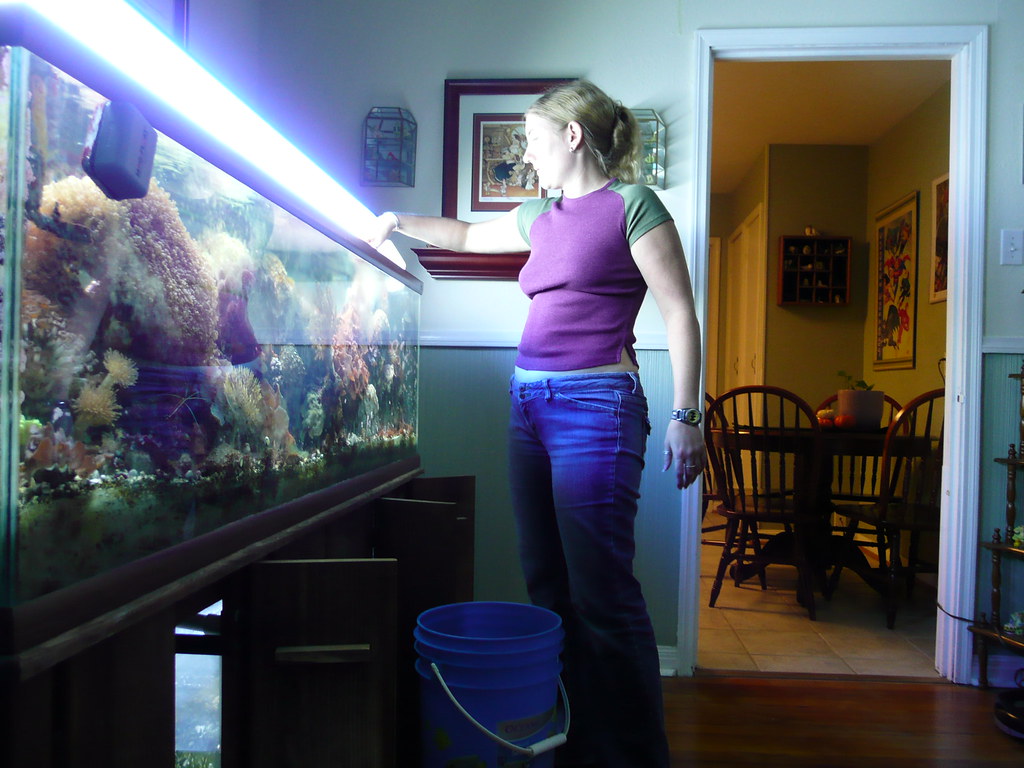
Unlike traditional aquariums that might require weekly 50% water changes, a well-balanced planted tank can thrive with much less frequent water changes. After the tank is fully established (typically 3-6 months), aim for 20-25% water changes every 2-4 weeks, adapting the schedule based on water parameter tests rather than rigid schedules. Use a gravel vacuum to clean only the open areas of substrate, avoiding planted sections to preserve beneficial bacteria and prevent disturbing plant roots. When adding new water, ensure it’s roughly the same temperature as the tank and always treat it to remove chlorine and chloramine if using tap water. Consider collecting rainwater (if your area has clean air quality) or using RO/DI water remineralized with appropriate products for extremely sensitive species. For the truly minimal approach, you can even set up a simple water change system with a length of tubing and a bucket placed lower than the tank for gravity-driven siphoning, eliminating the need for mechanical pumps or vacuum devices.
Algae Prevention Rather Than Treatment

In a well-balanced planted aquarium, algae should be minimal without requiring chemical treatments or excessive scrubbing. The key to preventing algae is understanding that it thrives when there’s an imbalance—typically too much light combined with excess nutrients. Limit your photoperiod to 6-8 hours daily and ensure periods of complete darkness for the tank. Position the tank away from natural sunlight which can cause temperature fluctuations and provide uncontrolled light that triggers algae blooms. Fast-growing plants are your first line of defense against algae as they compete directly for the same nutrients—floating plants like water lettuce or frogbit are particularly effective as they shade the tank while absorbing nutrients directly from the water column. If minor algae issues develop, address them immediately through manual removal and small water changes rather than letting them establish. Avoid chemical algaecides which often harm beneficial bacteria and plants along with the algae, creating a cycle of dependency on these products rather than addressing the underlying imbalance.
Monitoring and Maintaining Balance
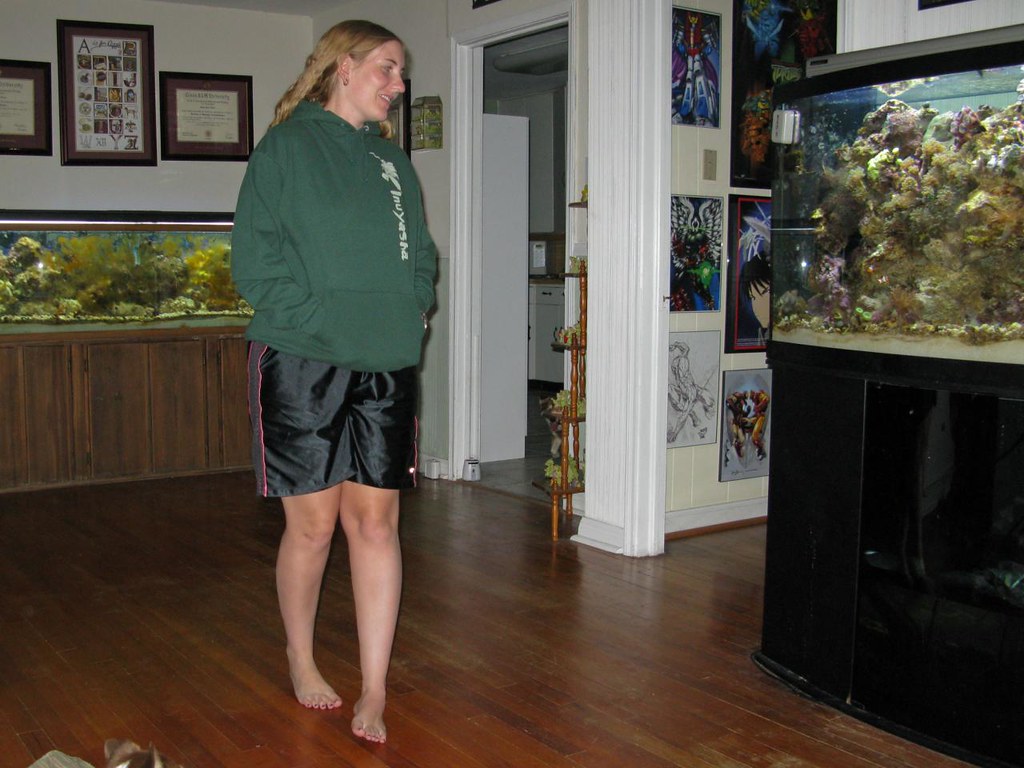
The secret to a truly low-maintenance tank is catching small issues before they become major problems requiring intervention. Develop the habit of observation—spend a few minutes daily simply watching your tank to notice subtle changes in plant growth, fish behavior, or water clarity that might indicate developing issues. Keep basic test kits for nitrate, pH, and hardness to periodically verify water parameters remain stable, testing monthly once the tank is established unless you notice concerning signs. Trim plants only when necessary, focusing on removing dead or decaying leaves which can release nutrients back into the water column and fuel algae growth. With stem plants, trim and replant the healthy tops rather than removing entire plants to maintain the biological filtration capacity. When cleaning filters (only necessary when water flow visibly decreases), rinse media gently in old tank water during water changes rather than tap water to preserve beneficial bacteria colonies. Remember that stability is the goal—avoid sudden changes to lighting duration, feeding routines, or water change schedules that might disrupt the delicate balance you’ve established.
Troubleshooting Common Issues with Minimal Intervention
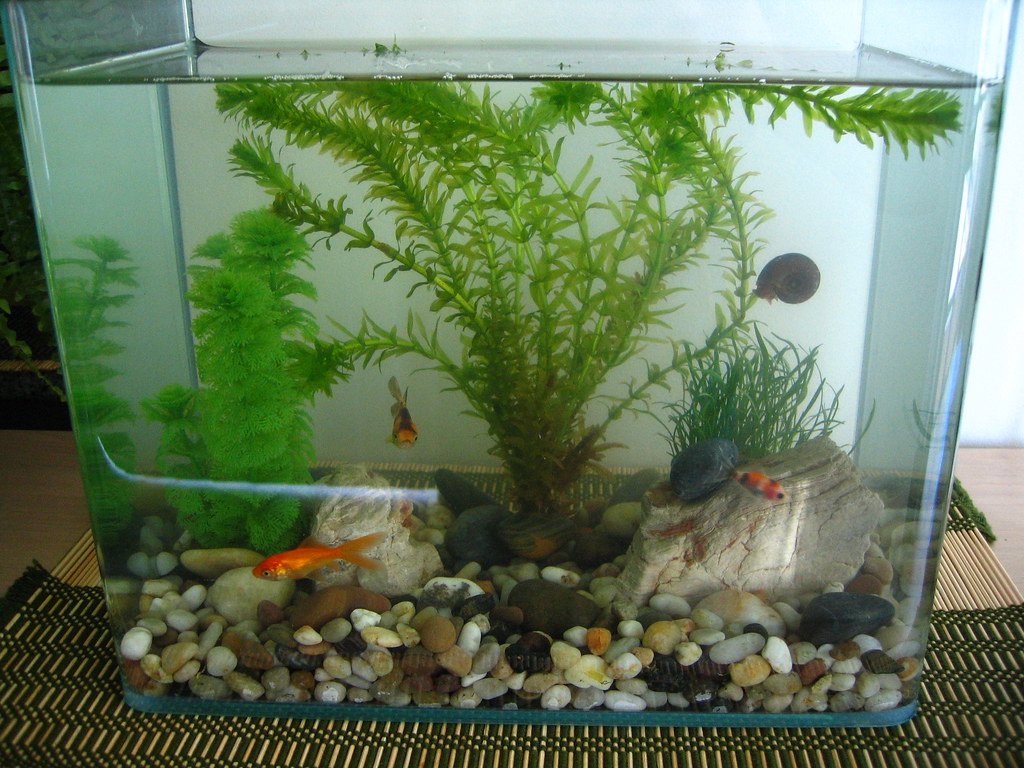
Even the best-designed low-maintenance tanks occasionally develop issues that require attention. For unexplained fish deaths, first check ammonia and nitrite levels—any detectable amount indicates a disruption in the nitrogen cycle that requires immediate address through water changes and potentially additional biological filtration. Yellowing plant leaves usually signal nutrient deficiencies, most commonly iron or potassium—consider a very dilute all-in-one liquid fertilizer dosed at one-third the recommended amount once weekly rather than multiple specialized fertilizers. Cloudy water typically indicates a bacterial bloom that will usually resolve itself within days if you temporarily reduce feeding and ensure your filter is functioning properly. If plants begin showing holes or transparent areas, consider adding mineral supplements like calcium and magnesium, especially if you use softened or RO water. Remember that the low-maintenance approach isn’t about ignoring problems—it’s about creating a system that naturally resolves minor imbalances before they require major intervention, and addressing root causes rather than symptoms when issues do arise.
Seasonal Maintenance: The Yearly Reset
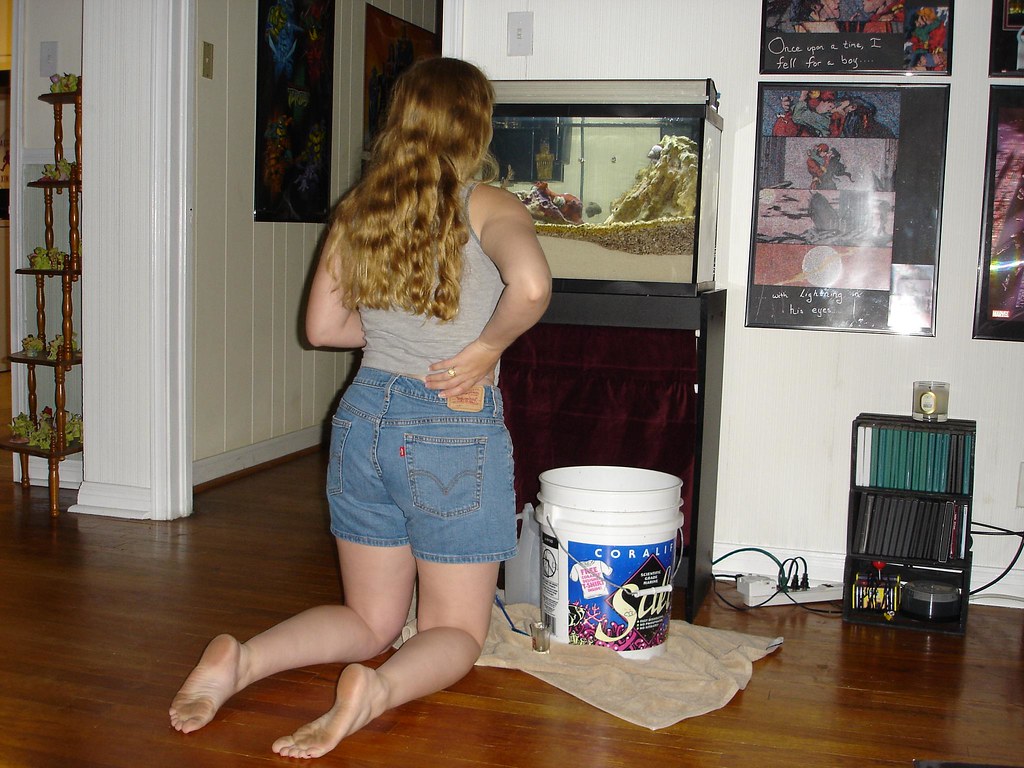
Even the most well-balanced low-maintenance tank benefits from occasional deeper attention, ideally scheduled as a yearly “reset” that helps prevent long-term issues. Choose a consistent time each year to perform a more thorough maintenance session, including trimming plants back to promote fresh growth, gently vacuuming accumulated detritus from deeper substrate areas, and cleaning hardscape of biofilm buildup. This is also the perfect opportunity to remove any plants that aren’t thriving and rearrange or replace them with species better suited to your specific conditions. Check and clean equipment thoroughly, including removing and rinsing filter media in old tank water, wiping down heaters, and cleaning light fixtures to maintain optimal performance. Consider testing water parameters more comprehensively during this yearly maintenance, including tests for phosphate, general hardness, and carbonate hardness that you might not monitor regularly. This annual deeper maintenance session, combined with your minimal routine care, ensures your planted aquarium remains beautiful and balanced for many years with remarkably little hands-on time required between these yearly resets.
Creating a low-maintenance planted aquarium isn’t about cutting corners—it’s about working with natural processes rather than against them. The time invested in proper planning, suitable plant selection, and patient establishment will reward you with a beautiful, largely self-sustaining ecosystem that requires minimal intervention. As your tank matures, you’ll discover the fascinating balance between the various living components and how they work together to maintain water quality naturally. The true joy of a low-maintenance planted aquarium comes not just from the reduced workload, but from witnessing a miniature ecosystem thrive under your care while creating a stunning living display that brings nature’s tranquility into your home.

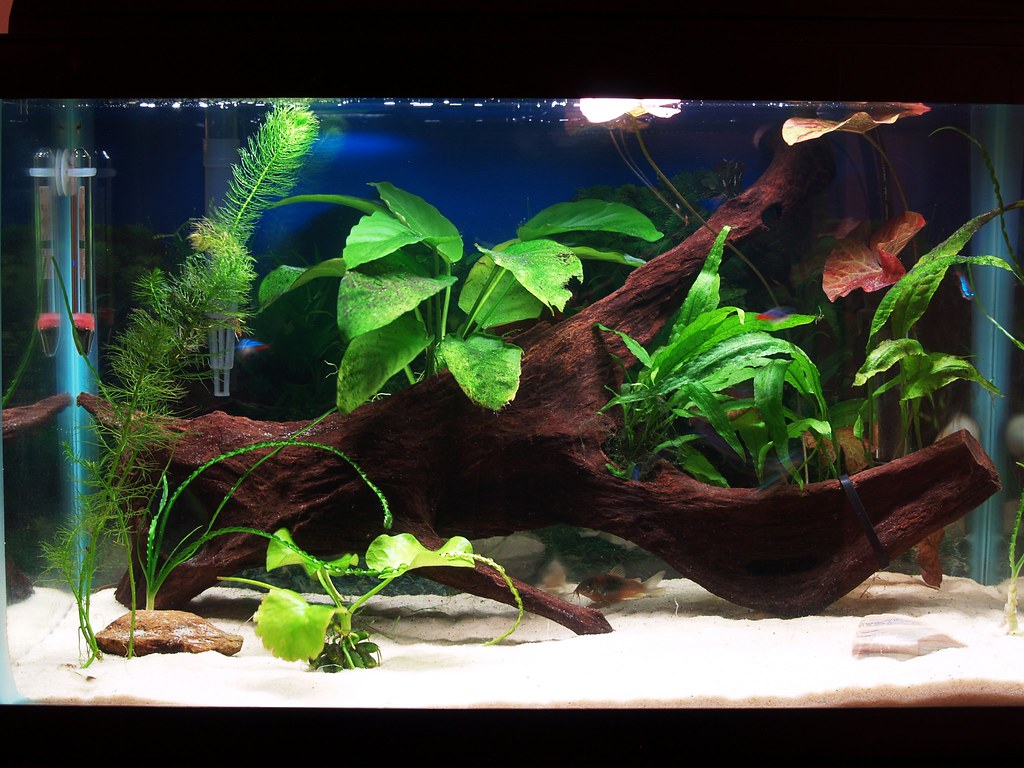

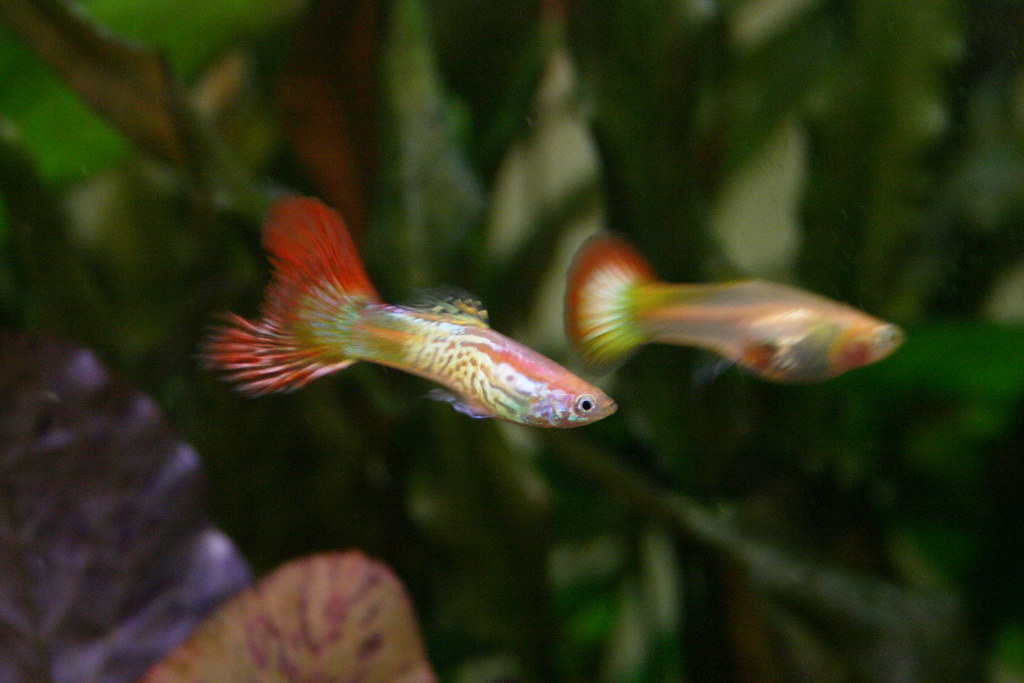
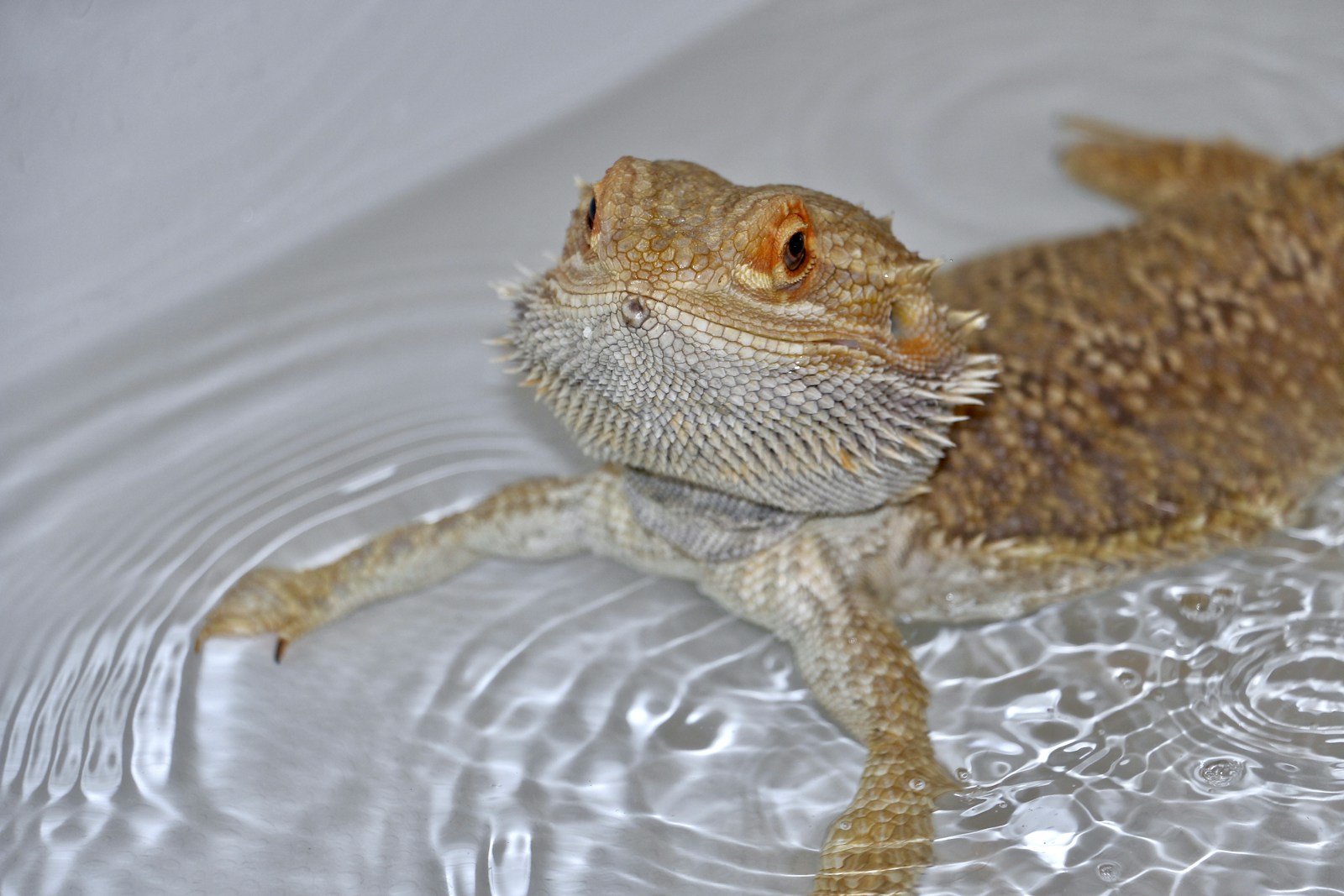

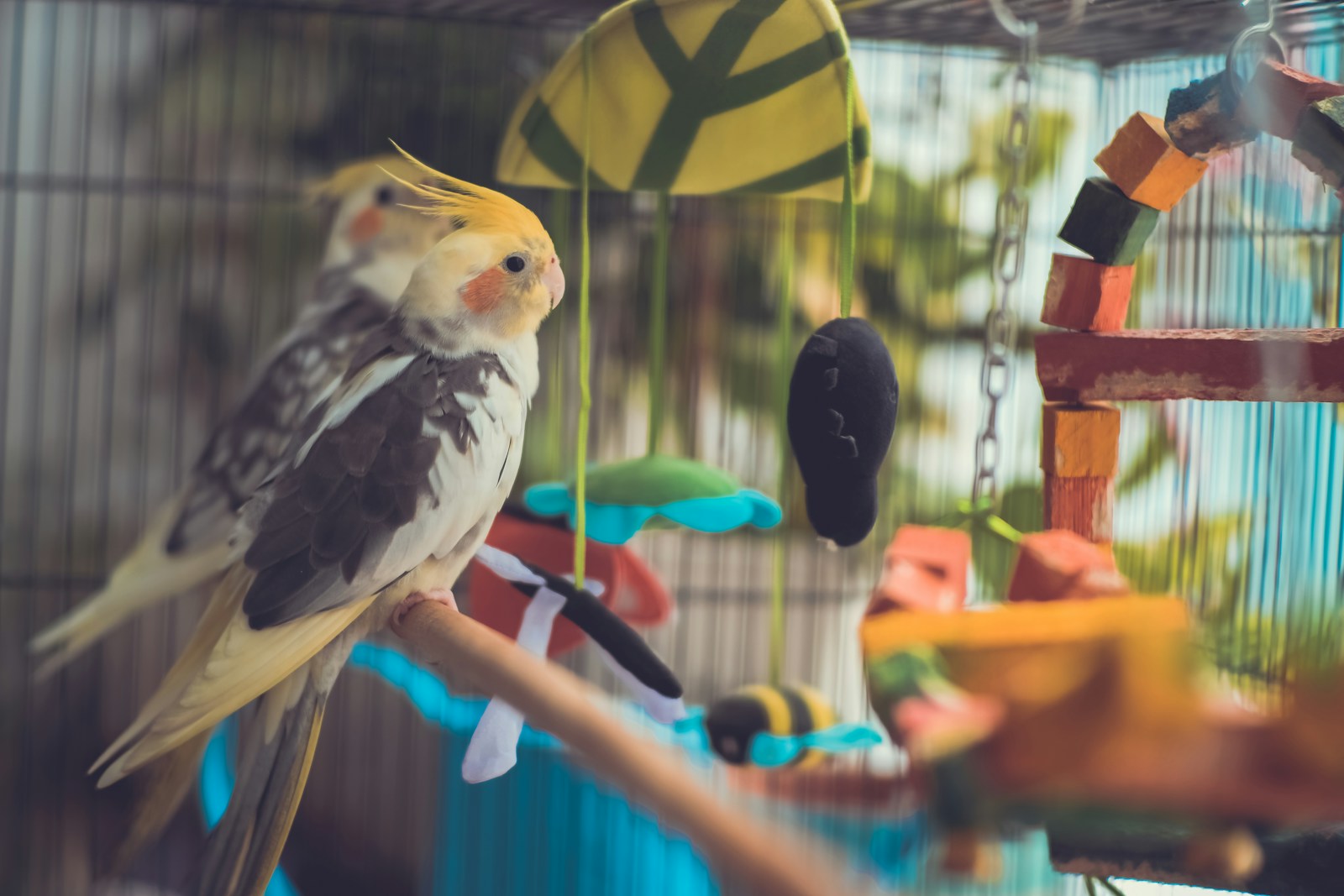

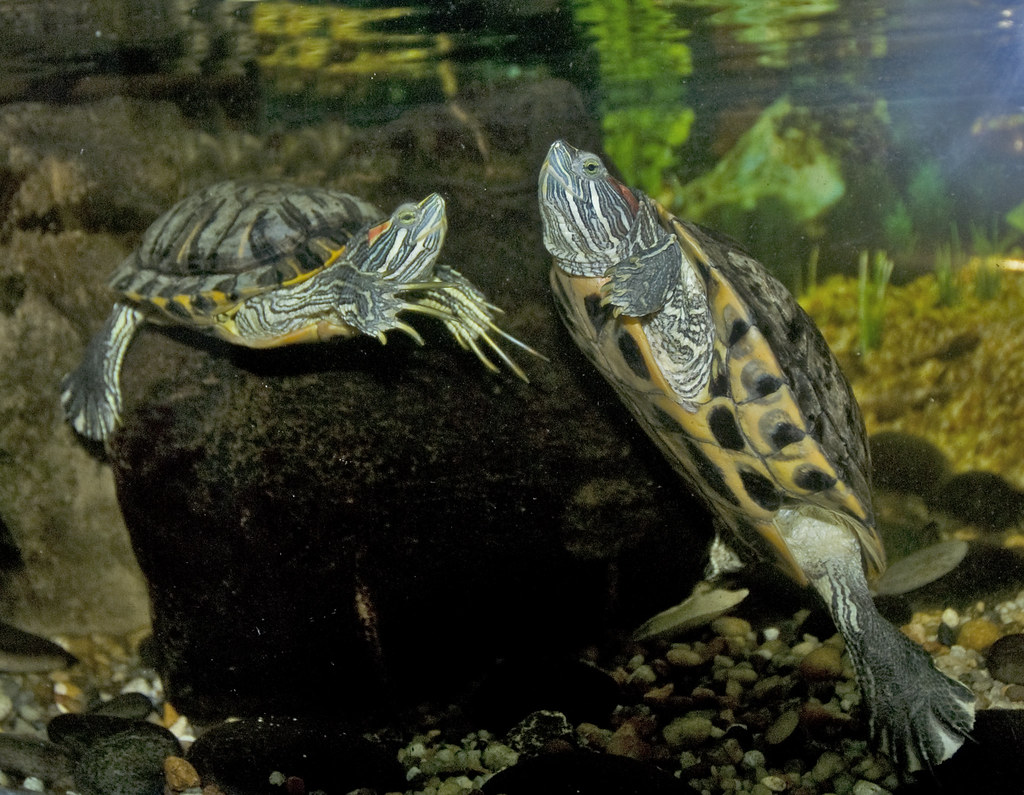






Leave a Reply